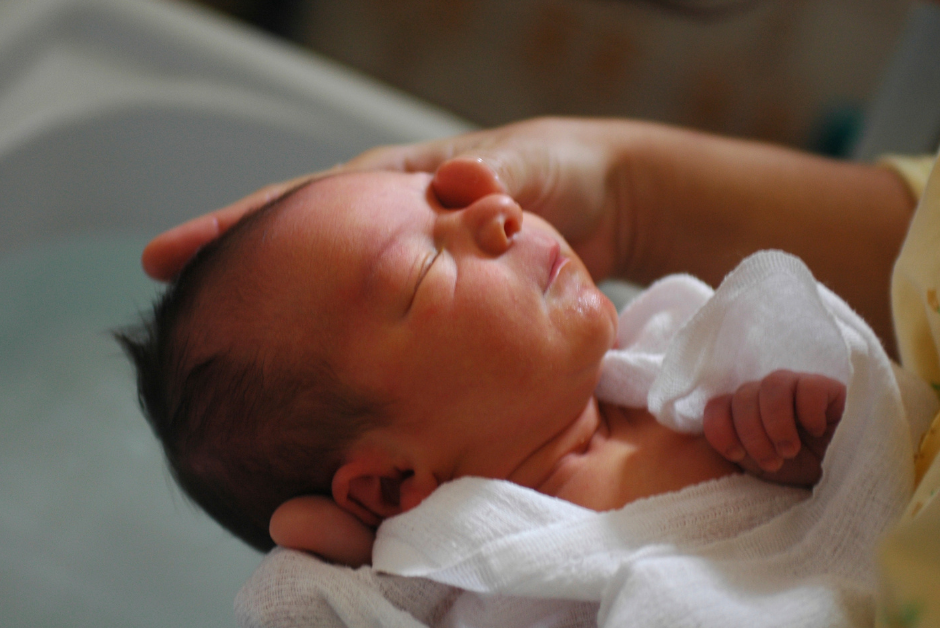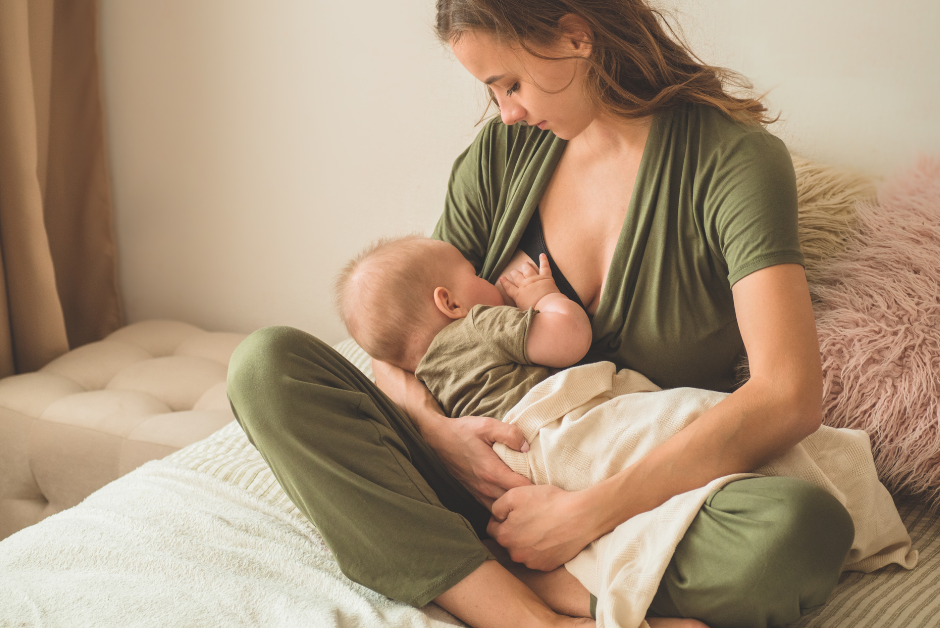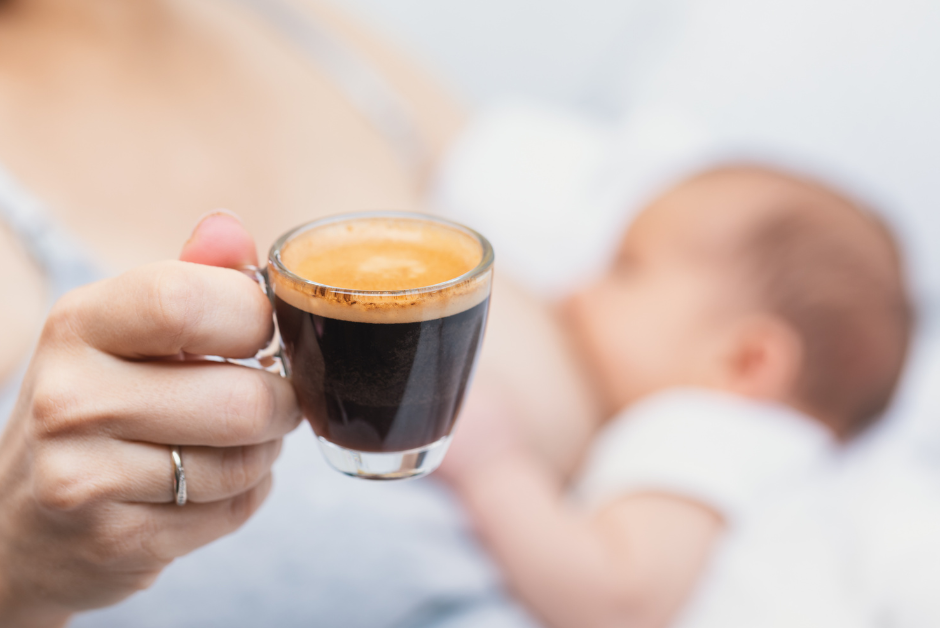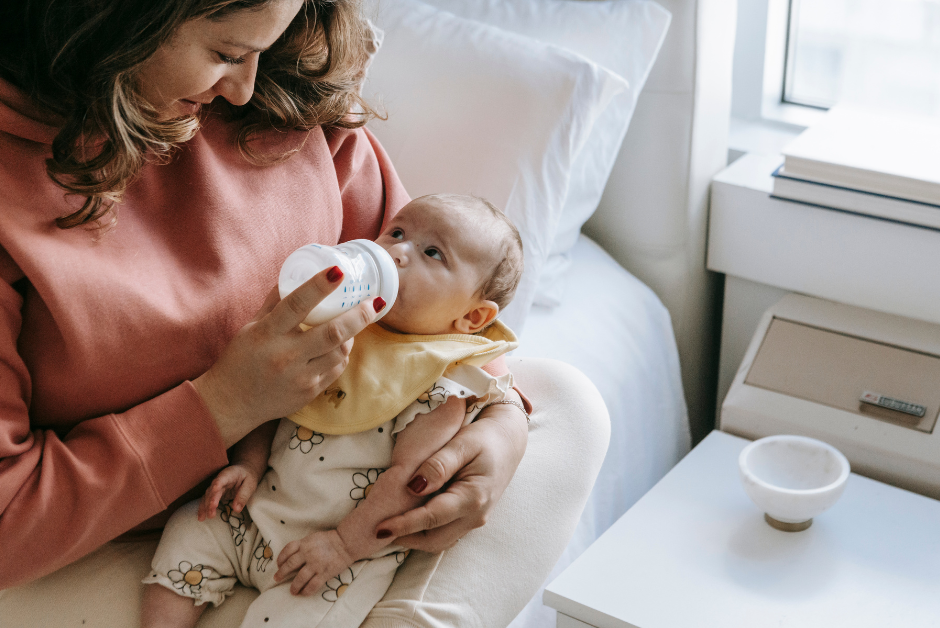Newborn care comes with many questions, and one of the most common is: how often should you bathe your baby? While it might seem like daily baths are necessary for cleanliness, newborns don’t get dirty in the same way older kids or adults do. So, what’s the right approach?
What’s Recommended?
The American Academy of Pediatrics (AAP) suggests that newborns only need a bath two to three times per week. Daily baths can dry out their delicate skin, leading to irritation and discomfort. Instead of full baths every day, focus on cleaning key areas like the face, neck folds, hands, and diaper area with a damp cloth daily. This method, often called “top and tail” cleaning, helps keep your baby fresh without overexposing their skin to water and soap.
Is Bathing Necessary?
In the first few weeks of life, a full bath isn’t necessary. Until the umbilical cord stump falls off (which usually happens within 1-3 weeks), sponge baths are the safest option. This means using a soft washcloth or sponge with warm water to gently clean your baby without submerging them in water. Once the cord has healed, you can begin giving them a shallow bath in a baby tub or sink.
Overbathing can strip away natural oils from your baby’s skin, making it more prone to dryness, irritation, and eczema. If your baby spits up often or has frequent diaper blowouts, spot cleaning is usually enough to keep them clean between baths.
Cultural Perspectives
Bathing practices vary widely across cultures, highlighting the fact that there’s no one-size-fits-all rule when it comes to newborn hygiene:
- In some Asian households, newborns are bathed daily as part of a warm water massage routine, which is believed to promote circulation, relaxation, and growth.
- Scandinavian parents often bathe their babies less frequently, opting for regular spot cleaning to maintain skin health while preventing dryness caused by overbathing.
- In African cultures such as Nigeria, South Africa, and Ghana, herbal baths or warm water soaks are sometimes used for relaxation, bonding, and overall health benefits.
Regardless of cultural background, parents worldwide adjust bathing routines based on climate, family traditions, and their baby’s skin needs. The key is finding a balance that works for your baby and lifestyle.
Tips for Bathing a Newborn
Once you’re ready to start giving your baby a bath, here are some important tips to keep in mind:
-
Keep it Warm: Use warm, not hot, water (around 100°F or 37°C). A baby’s skin is more sensitive to temperature than an adult’s, so always test the water with your elbow or a bath thermometer before placing them in.
-
Choose Gentle Products: Opt for fragrance-free, hypoallergenic soaps and shampoos specifically designed for newborns. Harsh chemicals and added fragrances can cause irritation or allergic reactions.
-
Be Efficient: Keep baths short—about 5-10 minutes. Newborns lose body heat quickly, so a long soak isn’t necessary.
-
Safety First: Never leave your baby unattended during bath time, even for a second. Keep all supplies within arm’s reach so you don’t have to step away.
-
Moisturize After: Since newborn skin is delicate and prone to dryness, apply a baby-safe, fragrance-free lotion after bath time to lock in moisture and keep their skin soft.
Did You Know?
Many new parents assume that daily baths are necessary, but research shows that most newborns are bathed more than they need to be. Here are some surprising facts:
- 80% of parents bathe their newborns more often than necessary, according to a 2022 study.
- The top reasons for overbathing include perceived hygiene needs, cultural norms, and concerns about body odor (even though newborns don’t develop odor-causing sweat glands until later in life).
- Skin fact: Newborn skin is 30% thinner than adult skin, making it more vulnerable to irritation, dryness, and environmental factors.
Common Bath Time Concerns
Some parents worry about various aspects of bathing their baby. Here’s what you need to know:
What if my baby cries during bath time? It’s common for newborns to be unsettled in water at first. If your baby seems uncomfortable, try adjusting the water temperature, keeping the room warm, and speaking to them in a soothing voice. A warm washcloth on their chest can also help them feel secure.
Can I use baby wipes instead of a sponge bath? For quick clean-ups, fragrance-free, water-based baby wipes are fine. However, for full body cleaning, warm water and a washcloth are gentler on newborn skin.
What if my baby’s skin looks dry after a bath? If you notice dry or flaky skin, reduce the frequency of baths and ensure you’re using a mild cleanser and a good baby moisturizer afterward. Adding a few drops of fragrance-free baby oil to the bath water can also help retain moisture.
Signs You’re Doing It Right
Wondering if your baby’s bathing routine is on track? Here are some signs that everything is going well:
- Your baby’s skin looks healthy, not dry, red, or flaky.
- They seem calm and comfortable during and after baths.
- You’re staying consistent with daily spot cleaning on non-bath days.
Remember, your newborn doesn’t need a daily bath to stay clean and healthy. The best approach is to focus on gentle cleaning, keeping their skin moisturized, and making bath time a relaxing experience for both of you. Trust your instincts, observe how your baby responds, and adapt your routine as needed. And if you have any concerns, don’t hesitate to reach out to your pediatrician for guidance.





Share:
Essential Nutrition Tips for Breastfeeding Moms
Postpartum Hair Loss: Facts and Solutions for New Moms